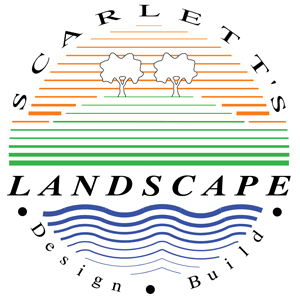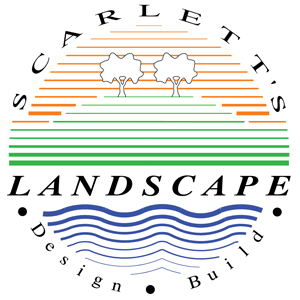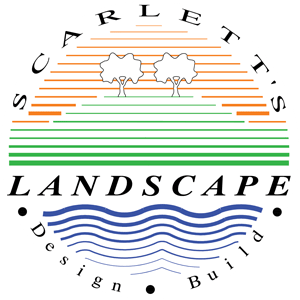Unlocking the Wonders of Landscape Design: Exploring Its Elements and Potential
Introduction:
When we think of beautiful outdoor spaces, our minds often conjure up images of lush gardens, stunning pathways, and captivating water features. However, behind these breathtaking creations lies the art and science of landscape design. Whether you’re a homeowner looking to enhance your backyard oasis or a developer seeking to create an inviting public space, understanding what landscape design encompasses is crucial. In this blog post, we will delve into the elements that compose landscape design, providing you with a comprehensive overview of this fascinating field.
1. Site Analysis:
Every successful landscape design project begins with a thorough analysis of the site. Landscape designers carefully examine the terrain, taking into account factors such as topography, soil quality, drainage patterns, and existing vegetation. By understanding the site’s unique characteristics, designers can create a plan that seamlessly integrates with the surrounding environment.
2. Functional Spaces:
An essential aspect of landscape design involves creating functional spaces that cater to specific needs and activities. These spaces can range from patios and outdoor dining areas to playgrounds and recreational zones. Designers consider factors such as the desired use of the space, traffic flow, accessibility, and aesthetics to ensure the final design meets both practical and visual requirements.
3. Plant Selection and Softscape Design:
Plants are the living elements that breathe life into any landscape. Landscape designers carefully select plants based on various criteria, including climate suitability, growth habits, maintenance requirements, and aesthetic appeal. By considering factors such as color, texture, height, and seasonal interest, designers create harmonious compositions that evolve throughout the year, providing visual interest and ecological benefits.
4. Hardscape Elements:
Hardscape elements refer to the non-living components of a landscape design. These can include structures like pergolas, gazebos, and fences, as well as pathways, retaining walls, and water features. Hardscape elements add structure, definition, and functionality to outdoor spaces, creating focal points, providing seating areas, and guiding movement throughout the landscape.
5. Lighting:
Thoughtfully designed lighting can transform a landscape, extending its beauty and functionality into the evening hours. Landscape designers consider both functional and aesthetic aspects of lighting design. They strategically place fixtures to ensure safety and security, highlight architectural features, accentuate plants and trees, and create a warm and inviting atmosphere.
6. Sustainability and Environmental Considerations:
In an era of increasing environmental awareness, landscape design embraces sustainable practices. Designers aim to reduce water consumption, minimize the need for chemical inputs, promote biodiversity, and create spaces that harmonize with nature. Incorporating native plants, using efficient irrigation systems, employing permeable paving materials, and implementing stormwater management strategies are just a few examples of sustainable design practices.
Conclusion:
Landscape design is a multidisciplinary art that harmonizes the natural and built environment, creating inspiring and functional outdoor spaces. From the initial site analysis to the selection of plants, hardscape elements, and lighting, landscape designers consider every element with care and precision. By seamlessly integrating nature and design principles, landscape design not only enhances the aesthetics of our surroundings but also enriches our lives by providing spaces for relaxation, connection, and exploration. So, whether you’re dreaming of a tranquil backyard retreat or envisioning a vibrant public park, landscape design has the power to transform your aspirations into reality.


